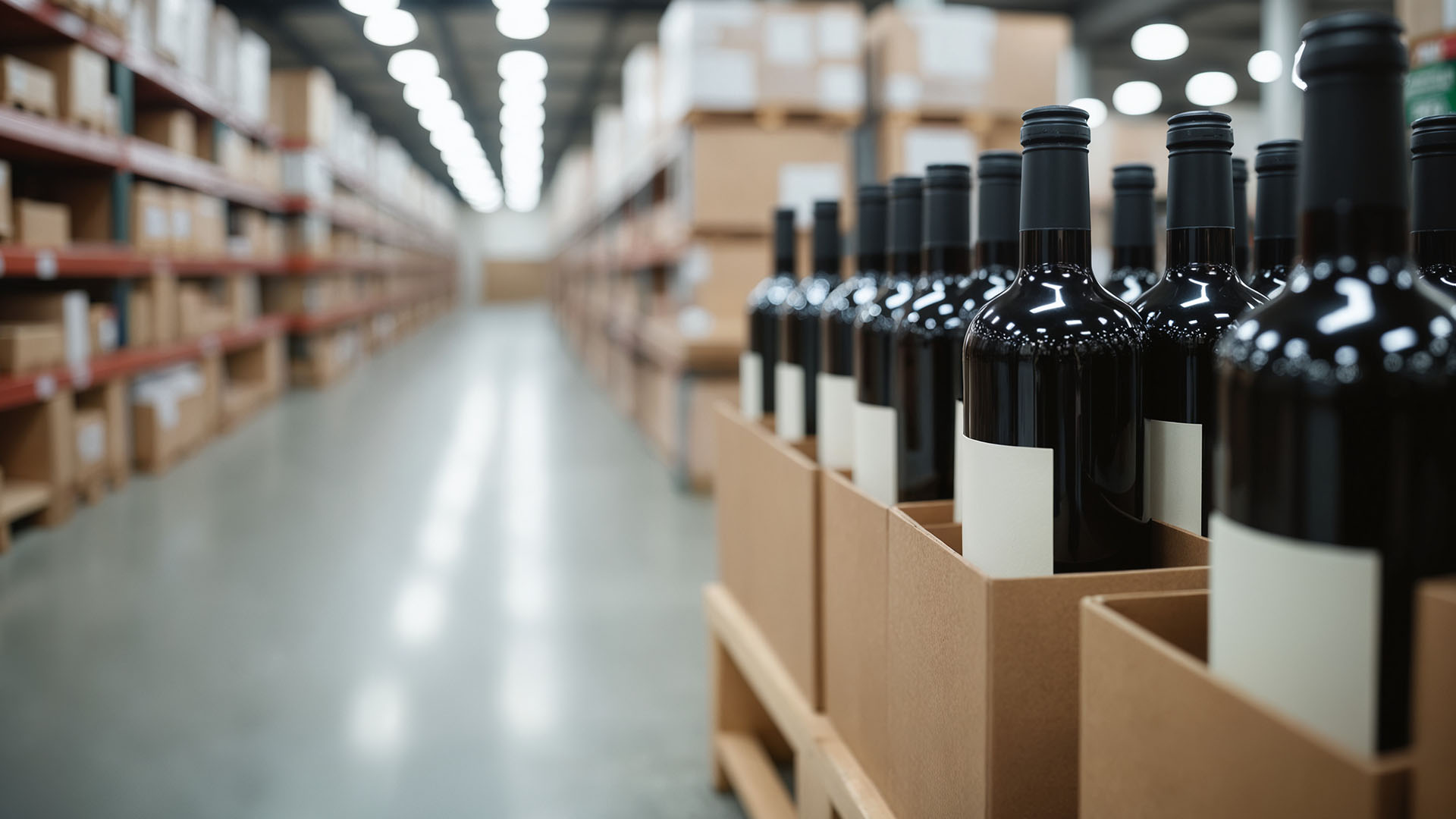Wine Customs Clearance, along with spirits and beer, involves navigating a maze of regulations, extra taxes, and strict carrier restrictions. Packaging standards are tight, and temperature control can make or break a shipment’s value. This guide walks you through the common pitfalls and how to build a compliant, repeatable process for moving alcohol across borders.
1. Regulatory Hurdles
Compliance is the first and most complex barrier. Each country sets rules for how alcohol is imported, sold, and consumed. Skipping a step often means costly delays or seizures.
- Import and export licenses
Most countries require specific permits to legally trade alcohol. In the United States, shipments fall under the Alcohol and Tobacco Tax and Trade Bureau (TTB)
and Customs and Border Protection (CBP).
In the European Union, shipments must comply with excise frameworks that vary by product type and strength. - Local market restrictions
Some nations restrict or ban alcohol imports. Several Middle Eastern markets prohibit alcohol entirely, while others allow limited personal quantities but require full compliance for commercial freight. - Age verification rules
It is not enough to clear customs. Carriers and distributors often must confirm delivery to consumers of legal drinking age in the destination country.
2. Duties, Taxes, and Tariffs for Spirits & Wine Customs Clearance
Alcohol shipments almost always attract higher taxes than other goods, and costs vary widely by destination. Misclassification or sloppy valuation can turn into penalties.
- Excise duties
Many governments calculate excise on alcohol strength and volume. In the EU, the method hinges on liters of pure alcohol, which has a major impact on landed cost. See official guidance at the European Commission. - VAT and customs duties
Beyond excise, VAT and customs apply. Declaring alcohol as a generic beverage or misusing tariff codes invites seizures and fines. U.S. importers can reference U.S. Harmonized Tariff Schedule for classification. - Tariffs and trade agreements
Some agreements can reduce duties. Without them, alcohol usually sits in higher tax categories, so model landed cost before booking.
3. Carrier Restrictions
Not every carrier can or will handle alcohol. Rules differ by mode and by product strength.
| ABV Range | General Allowance | Notes |
|---|---|---|
| < 24% | Generally allowed | Often not treated as dangerous goods |
| 24%–70% | Limited quantities | Must meet packing instructions and quantity limits |
| > 70% | Prohibited | Not allowed on passenger or cargo aircraft (see IATA Dangerous Goods Regulations) |
- Express couriers often restrict service to licensed shippers and block certain destinations entirely.
- Ocean freight allows larger volumes and often requires added labeling. Transits are slower, so storage conditions and seasonality matter.
4. Packaging and Labeling
Alcohol is tightly regulated in how it is packed and labeled. Poor packaging causes breakage and claims. Poor labels stall spirits and wine customs clearance.
-
- Packaging standards
Use compliant packaging for liquids when goods are classified as dangerous. Premium wines and spirits benefit from shock-resistant inserts and insulation to counter heat and vibration. Guidance is available from the UN Model Regulations on the Transport of Dangerous Goods. - Temperature control
For higher value bottles, consider reefer containers, thermal liners, or seasonal routing. Summer routes without climate control are a common source of claims. - Labeling requirements
Destination markets may demand alcohol content, country of origin, importer details, and health warnings. In the United States, both the
TTB and the FDA regulate beverage labeling, including health warnings, allergen statements, and nutrition disclosures. Missing data leads to holds or rejections.
- Packaging standards
5. Common Shipping Challenges
- Customs delays from incomplete or inaccurate paperwork
- Temperature exposure that spoils wine quality
- Counterfeit risk and IP disputes when permissions are unclear
- Limited distribution channels in state-controlled markets
6. Best Practices for Success
- Work with a specialized forwarder licensed to handle alcohol shipments.
- Model total landed cost early: excise, VAT, customs, brokerage, insurance, storage.
- Use bonded warehouses in hubs such as Rotterdam, Singapore, or Hong Kong to defer duty until final release.
- Consolidate where feasible to reduce per-unit cost while staying compliant.
- Invest in temperature-controlled solutions for premium bottles.
7. Country Examples
- United States to European Union: Shipments must meet EU labeling standards, including allergens, additives, and sulfites.
- China: Clearance may require CIQ (China Inspection and Quarantine) inspection along with anti-counterfeit labeling measures (China Customs).
- Middle East: Imports are frequently prohibited for individuals. Licensed distributors are often the only lawful channel.
- Australia: Imports generally limited to licensed dealers with strict compliance checks. See the Australian Border Force for alcohol import rules.
Global alcohol exports continue to grow, and the wine trade alone surpassed 43 billion USD recently. With that growth comes complexity. Teams that map regulations, plan packaging, and model cost-to-serve upfront keep freight moving and protect margins.



